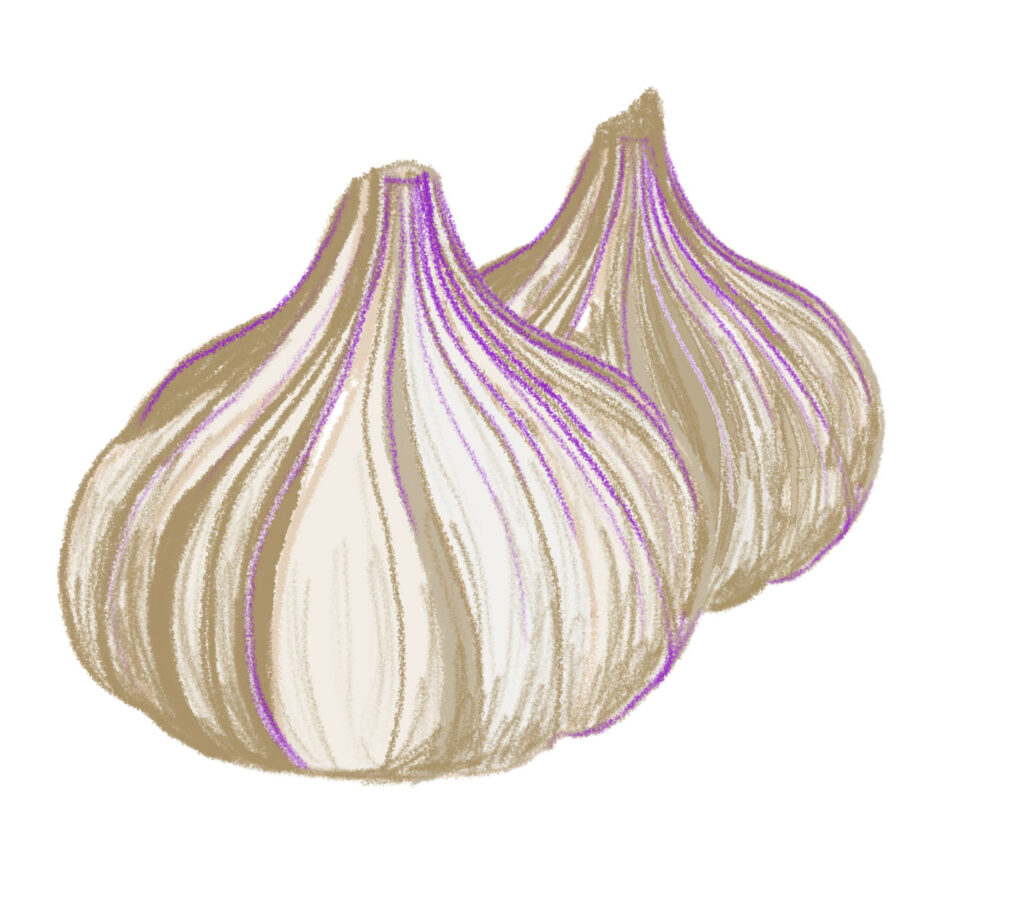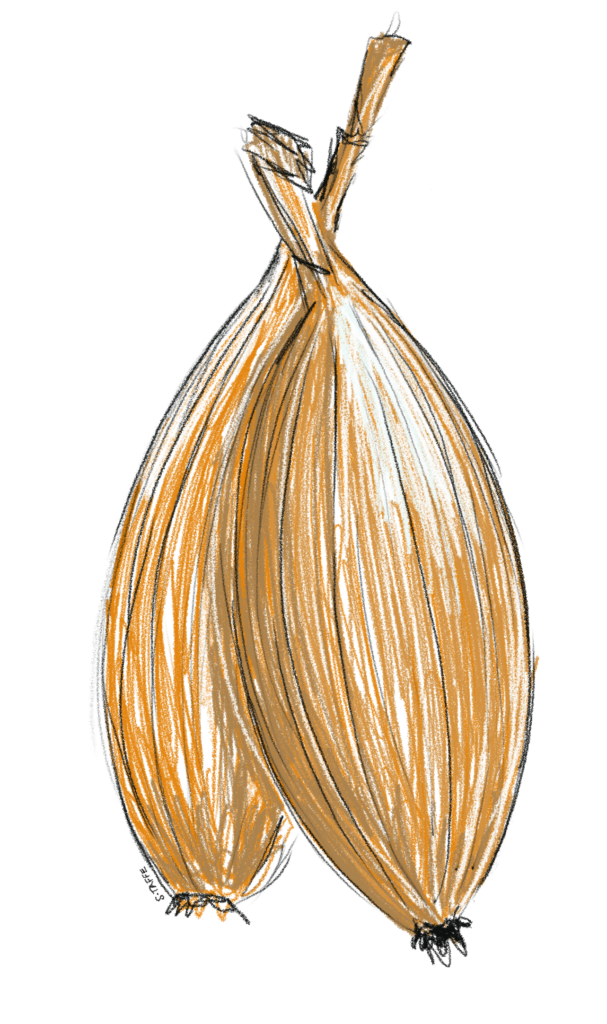As the days get shorter and the temperatures drop, many gardeners pack away their tools for the season. But winter doesn’t have to mean the end of growing. Overwintering vegetables are a great way to keep your allotment productive through the colder months, and they offer the added bonus of being some of the easiest crops to grow. With a bit of preparation and care, you can set yourself up for an earlier and more abundant harvest next spring.
Overwintering vegetables are hardy crops planted in autumn and left to grow slowly through winter. They make use of the dormant season when your beds might otherwise sit empty, and they’re often more resistant to pests and diseases. By planting now, you’ll be harvesting before many spring-planted crops even get started.

Garlic thrives in the cold, and autumn-planted cloves usually produce bigger, healthier bulbs. Plant garlic from late October to early December, before the ground freezes. Break a bulb into individual cloves and plant them pointy end up, about 2 inches deep and 6 inches apart. Hardneck varieties like ‘Purple Wight’ or softneck types such as ‘Solent Wight’ are great choices.

Shallots are similar to garlic in their love of cold weather and low maintenance. Plant shallot sets from November to early December with the tip just above the soil surface, spaced about 8 inches apart. Varieties like ‘Jermor’ or ‘Golden Gourmet’ are reliable options.

Broad beans are one of the few vegetables that can germinate in winter soil. Early sowing gives them a head start and often produces stronger plants. Sow broad beans from late October to mid-November, planting seeds about 2 inches deep and spaced 6–8 inches apart in rows. ‘Aquadulce Claudia’ is a classic overwintering variety.
Winter crops do best in well-drained soil, so if your beds are prone to waterlogging, consider raising them slightly or incorporating organic matter to improve drainage. Avoid applying fresh manure, as it can be too strong and may damage young plants.
While these vegetables are hardy, extreme weather can still cause problems. Use cloches, fleece, or even old sheets to shield young plants from heavy frost or snow. For garlic and shallots, a layer of mulch can help insulate the soil and protect against freezing.
Slugs and pigeons remain active in milder winter weather and can target young seedlings. Netting can help keep birds away, while organic slug deterrents like crushed eggshells or wool pellets can protect plants at ground level.
Weeds don’t take a break in winter, and they’ll compete with your crops for nutrients. Regular weeding ensures your overwintering vegetables have the best chance to thrive.
Winter crops need much less water than their summer counterparts, so only water if the soil is very dry. Overwatering can lead to rot, especially in heavy soils.
One of the best things about overwintering vegetables is seeing green growth in the middle of winter, a reminder that spring isn’t far away. Come late spring, you’ll be rewarded with delicious, fresh produce just as the gardening season kicks into high gear.
If you haven’t tried overwintering vegetables before, garlic, shallots, and broad beans are a great place to start. They’re hardy, low-maintenance, and a fantastic way to make the most of your allotment year-round.
Sarah
Views: 37
